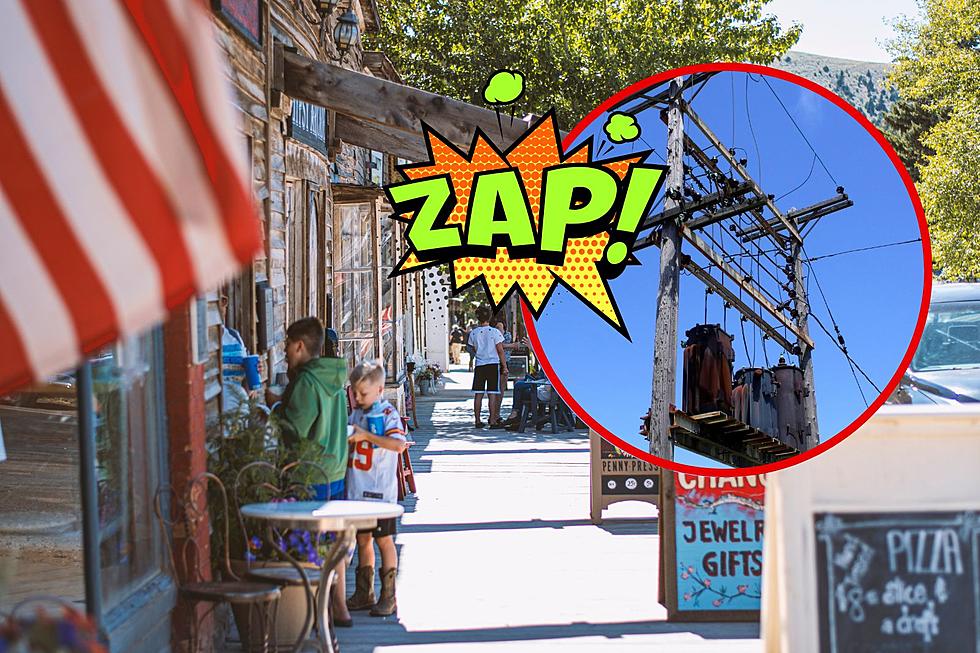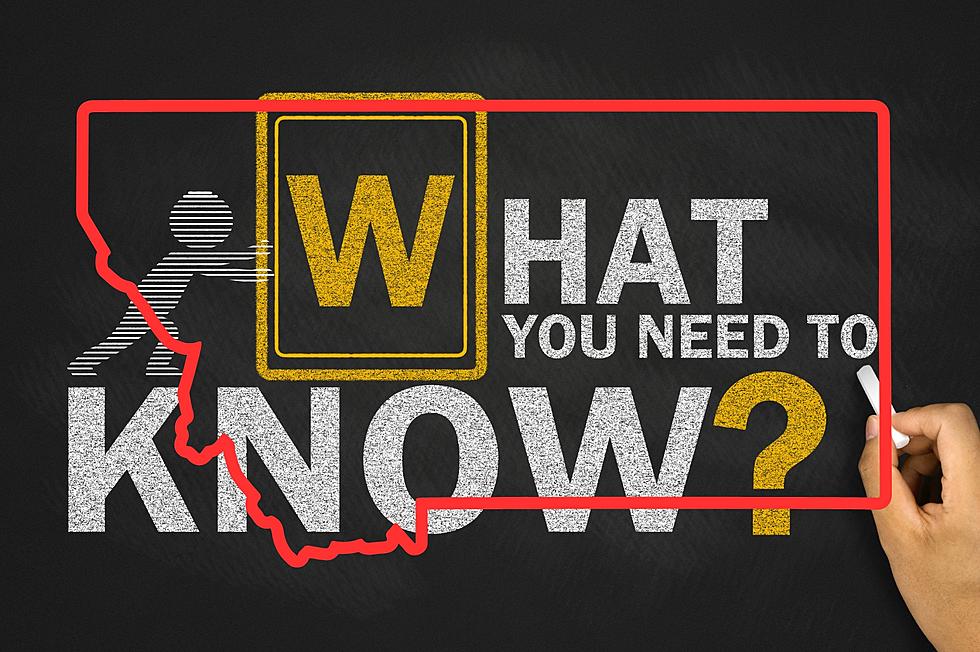
How Would Montanans Survive an EMP Attack? Expert Chimes In
Short answer? We'd be screwed.
EMP is short for Electromagnetic Pulse. Buckle up if you've never heard of them. EMPs are potent waves of electrical energy that come naturally from our sun. The Northern Lights provide a visible interpretation of the energy. Occasionally, powerful solar flares from the sun send bursts of electrical energy racing to earth at literally the speed of light. NASA says these rays hit earth in just 8 minutes. Earth's magnetic shield usually protects us from harm.
We've been lucky so far, honestly.
Here's the terrifying part. EMPs are easily made into incredibly destructive weapons. An adversary could detonate three atomic bombs above the USA at high altitudes, one on the East Coast, one over the Midwest and a third over the West and our nation would grind to a halt. The US Department of Defence wrote,
Whether caused by man or nature, electromagnetic pulse (EMP) and geomagnetic disturbance (GMD) events have the potential to disrupt and permanently damage electrical components and entire systems within most critical infrastructure sectors and impact large-scale infrastructure.
If you didn't read that carefully, I'll paraphrase. Basically, anything that uses electricity would no longer work. No power. No phone. No furnace. No cars (they have more computing power than the laptop I'm using to write this story). Nothing. Not a single person would die when the EMP attack goes off. We wouldn't hear it or feel it and probably wouldn't see it either, according to author William R. Forstchen.
Chaos would ensue.
Last weekend I read a copy of One Second After, a fictional take on what happens in a small mountain town in North Carolina in the first year after an EMP attack strikes the US. Written by New York Times Best Selling author William R Forstchen, Ph.D. Foreward by Newt Gingrich and an afterword by Captain Bill Sanders, US Navy. This book is just as terrifying as any Stephen King novel I've read. Probably because it could actually happen.
The entire US would revert back at least 100 years.
We interviewed Dr. Forstchen this week on our show and asked him if we'd be any better off in Montana, compared to other places. And while we might fare slightly better than heavily populated urban areas, we'd still be in a world of hurt. Irrigation for many farms would fail. All easily attainable game would rapidly be consumed. And forget about going to the store. They'll all be empty. And if you are one of the few people that have enough food and resources to survive for a long time, you'll have to worry about roving bands of starving people who will not be afraid to use force to take what you have. Desperation makes people to crazy things.

The deer, elk, and fish will be gone fast.
Montanans consider themselves at least somewhat prepared. I recently wrote that 50% of us think we're survivalists. Most of us could probably survive off the grid for at least a few weeks in milder months. Winter might be another story. But an EMP could disable our grid, electronics, and modern way of life for YEARS. According to Forstchen, experts estimate 90% of Americans would die in a nationwide EMP attack.
I thought he was a really interesting interview. We asked him about the Chinese Balloon that flew over Billings and if a balloon would be a good delivery vehicle for an EMP. Take a listen below.
LOOK: The most expensive weather and climate disasters in recent decades
More From My 103.5 FM



![Will Interview MADDS Before Performing in Bozeman [VIDEO]](http://townsquare.media/site/14/files/2017/05/willmadds-e1493673233949.jpeg?w=980&q=75)

![Kelly Clarkson Discusses Style… And Hot Rugby Guys In Australian Interview [VIDEO]](http://townsquare.media/site/15/files/2011/10/kelly-clarkson-2011-10-11.jpg?w=980&q=75)

